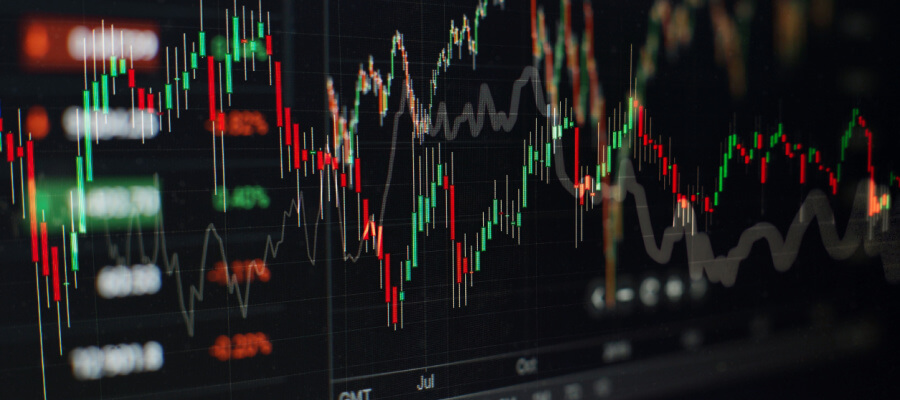CFD Options Trading: What is it?
To keep it simple, an option is a contract between a buyer and a seller, where the seller allows the buyer to buy or sell an underlying asset or instrument. We are talking about the traditional trading market here and not about a CFD option on the CFD market.
Such an instrument can be anything such as a stock, a forex pair, an index or something else. The buyer and the seller agree on a price in advance and this is called the strike price. This price must be reached by the instrument before the agreed expiration date.
In the CFD market, it works a little differently. Here, the buyer or seller has the opportunity to speculate on the price difference between the opening and closing of the option. He or she is not the owner of the option, but only speculates on it. When the option expires, the position is sold at the price available at that time. It is very important to predict the height of this price correctly.
Options CFDs: How do they work?
If we want to understand how these options work, we must first understand the principles that underlie them. The options CFDs have features that follow the traditional options features in the way of building components. The options CFDs have the following components:
- The instrument that underlies the option: this is what the option is based on. The option CFDs are based on this and their components are derived from this.
- Call and Put: The buyer of a call option on the CFD market speculates that the price will rise and that of a put option that the price will fall. When you have an option CFD you can no longer buy or sell, so you will have to wait and see what the difference will be between the price at the opening of the option and its closing.
- The strike price: This is the price of the instrument that underlies the option and the contract between buyer and seller is based on this. Let’s take a look at the contract: “Microsoft |Call 400 | Jun”. This contract is set on the basis of the price of Microsoft that will be a certain height on the expiration date in June. The buyer of the contract makes an estimate and assumes that the price of the share will be above 400 dollars, because then he earns money.
- The expiration date: All option contracts have an expiration date. When this date is reached and the strike price (400 in the last example) has not been reached, the option expires with no value or only a very small value. The longer the term of the option, the greater the chance that the holder of the option will see the market move in the direction that suits him. This means that the time value of the option decreases as we get closer to the expiration date. The option CFDs are also influenced by the time value of the instrument that lies beneath it. The platform on which you trade will automatically close your position on the expiration date. You can also close the option yourself earlier.

What influences the value of an option CFD?
There are of course several factors that influence the value. We will mention a few more here. For example, the current price of the instrument that is under the option can change and with that the value of the option CFD also changes. Furthermore, keep a close eye on the volatility of the market. In doing so, you should look at the expiration date. The further away this is from us, the longer the market has time to move towards the strike price. Finally, you should of course look closely at the supply and demand of the market of the good that is under the option.
It is important to know that you can check the expiry date in the section where the details of the instrument are listed. The date can differ on the exchange from that of the broker. The date of the option CFD on the CFD broker platform is usually set a few days before the expiry date of the normal option on the market.
Trading Options CFDs: What are the Benefits?
The big advantage is that by using leverage you can open a large position with a small investment. For example, with an investment of 500 euros you can open a position of 2500 euros. In this case you use a leverage of 1:5. Of course you have to be aware of the risks involved. A leverage increases the profit as quickly as the loss. To reduce the risks you can use tools. This way you limit your losses when things go wrong. Also read our blog about risk management in CFD trading .
Success starts with knowledge
It is important to read up on this market, but you have already started doing that. Use leverage wisely because you can earn a lot with it, but also lose a lot. Read more information about CFD in our knowledge base.
Compare brokers and start trading CFDs
Are you excited about investing in CFDs after reading this article? Compare CFD brokers and find the broker that suits you best!